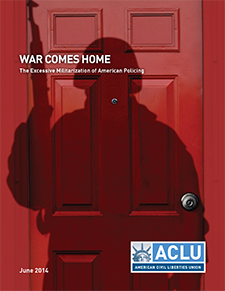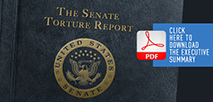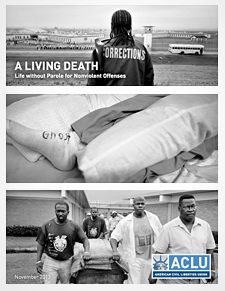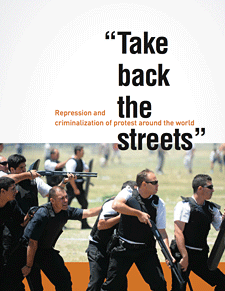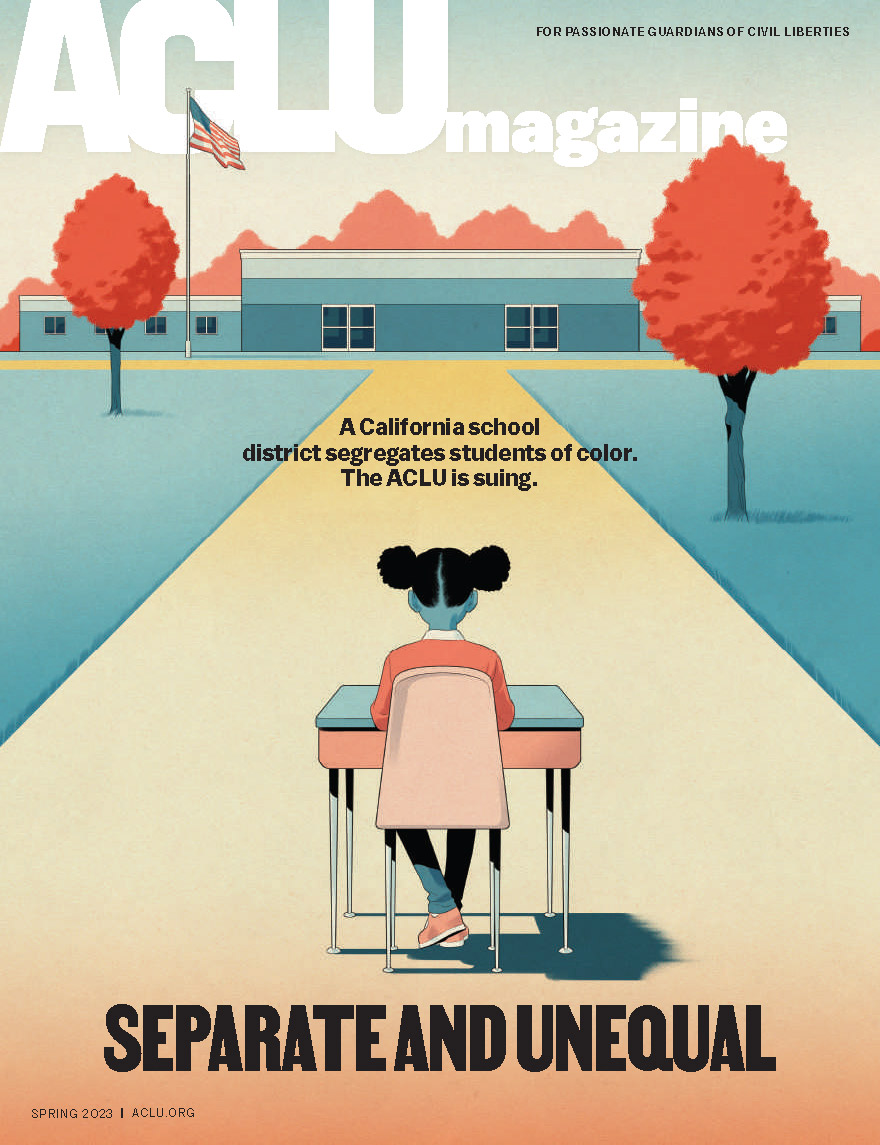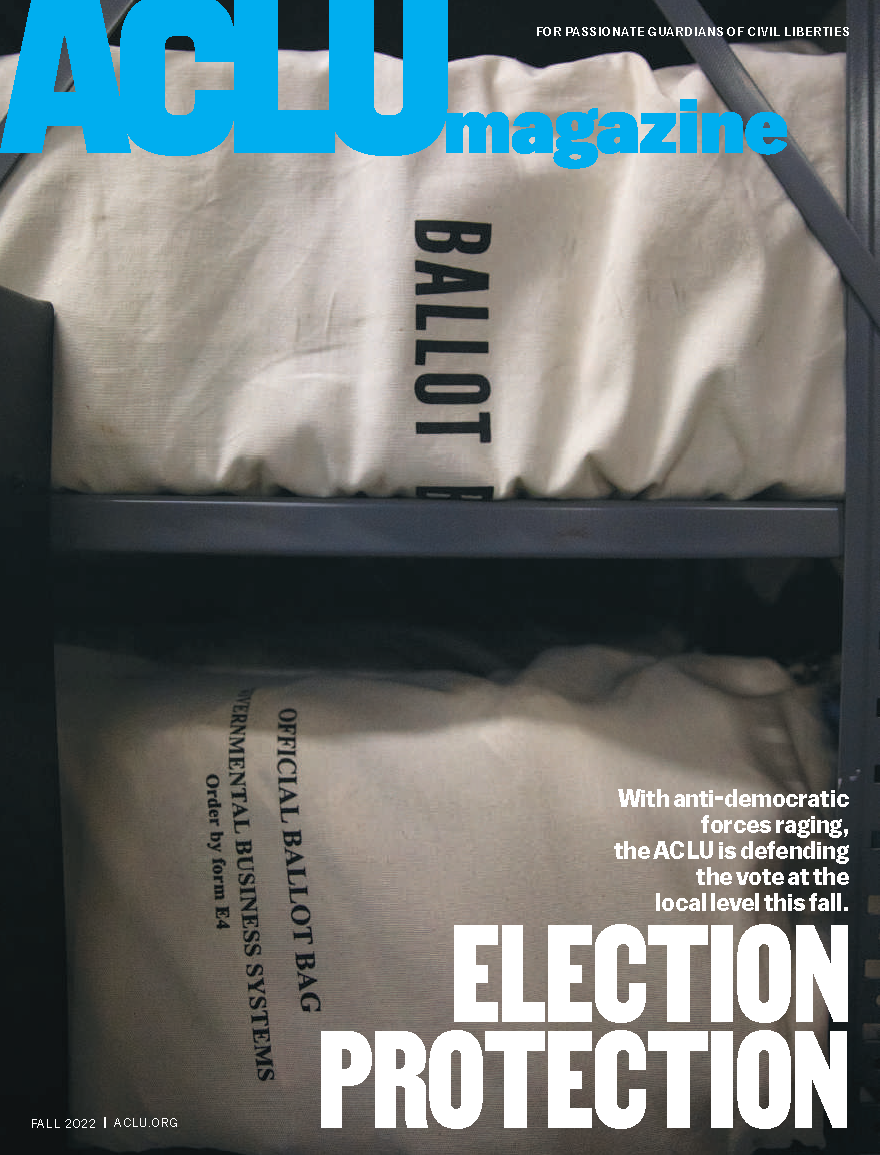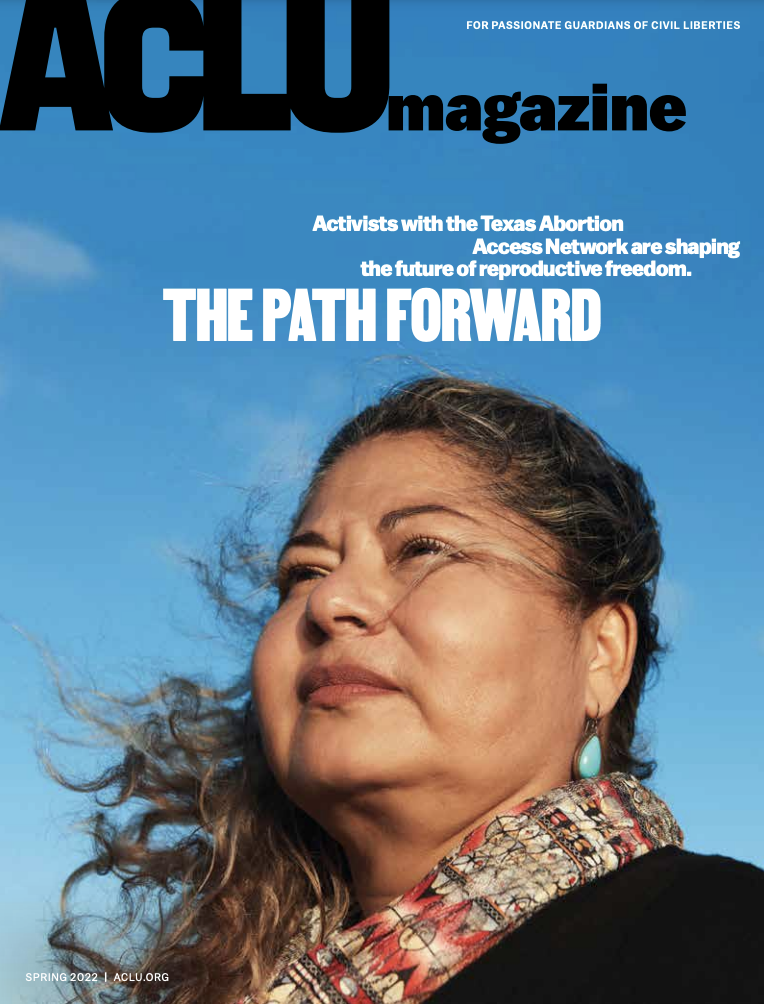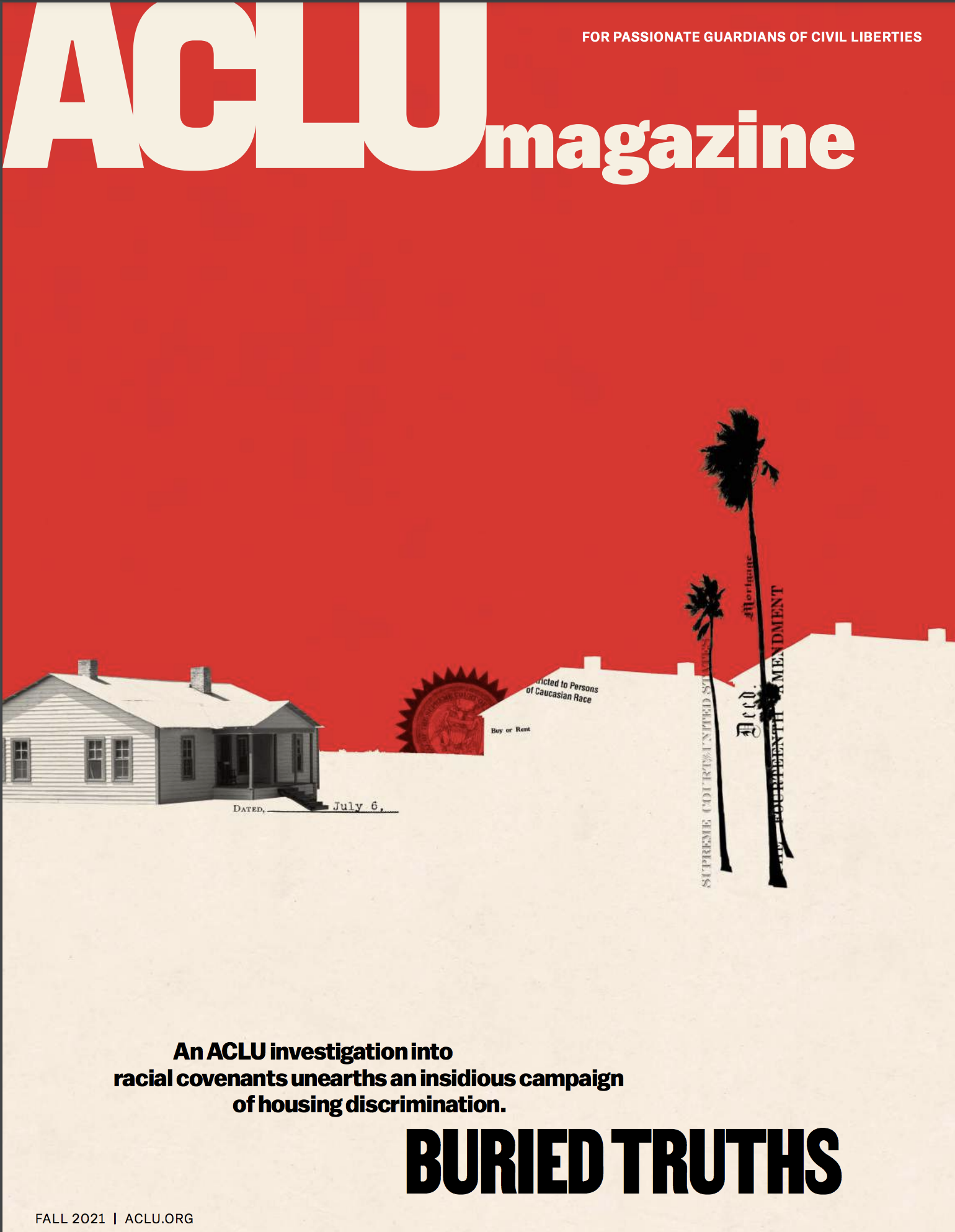Research & Publications
Access in-depth resources and analysis published by the ACLU regarding our most pressing civil liberties issues.
All Publications
Search will open in a new tab using DuckDuckGo
War Comes Home: The Excessive Militarization of American Police
Across the country, heavily armed Special Weapons and Tactics (SWAT) teams are forcing their way into people’s homes in the middle of the night, often deploying explosive devices such as flashbang grenades to temporarily blind and deafen residents, simply to serve a search warrant on the suspicion that someone may be in possession of a small amount of drugs. Neighborhoods are not war zones, and our police officers should not be treating us like wartime enemies. However, the ACLU encountered this type of story over and over when studying the militarization of state and local law enforcement agencies.
This investigation gave us data to corroborate a trend we have been noticing nationwide: American policing has become unnecessarily and dangerously militarized, in large part through federal programs that have armed state and local law enforcement agencies with the weapons and tactics of war, with almost no public discussion or oversight. Using these federal funds, state and local law enforcement agencies have amassed military arsenals purportedly to wage the failed War on Drugs, the battlegrounds of which have disproportionately been in communities of color. But these arsenals are by no means free of cost for communities. Instead, the use of hyperaggressive tools and tactics results in tragedy for civilians and police officers, escalates the risk of needless violence, destroys property, and undermines individual liberties.
The Senate Torture Report
The executive summary, findings, and conclusion of the Senate Intelligence Committee’s landmark torture report.
Miscarriage of Medicine
The number of Catholic acute-care hospitals has been increasing rapidly, threatening women's access to reproductive health care, according to a report released by the American Civil Liberties Union and The MergerWatch Project. The report finds that:
Between 2001 and 2011 the number of Catholic-sponsored or -affiliated hospitals increased by 16 percent, while the overall number of hospitals nationwide declined.
In 2011, one in ten acute-care hospitals were Catholic-sponsored or -affiliated.
That same year, 10 of the 25 largest hospital systems in the country were Catholic-sponsored.
With the rise of Catholic hospitals has come the increasing danger that women's reproductive health care will be compromised by religious restrictions. The Ethical and Religious Directives for Catholic Health Care Services (the Directives), issued by the U.S. Conference of Catholic Bishops (USCCB), govern care at these facilities. The Directives prohibit a range of reproductive health services, including contraception, sterilization, many infertility treatments, and abortion care, even when a woman's health or life is in danger. Moreover, they often restrict even the ability of hospital staff to provide patients with full information and referrals for care that conflict with religious teachings.
The report also shows that Catholic hospitals do not provide more charity care or care to the poor than the average hospital. The report includes recommendations about how to ensure Catholic restrictions do not interfere with patients' rights and to protect access to comprehensive reproductive health care.
A Living Death: Life without Parole for Nonviolent Offenses
For 3,278 people, it was nonviolent offenses like stealing a $159 jacket or serving as a middleman in the sale of $10 of marijuana. An estimated 65% of them are Black. Many of them were struggling with mental illness, drug dependency or financial desperation when they committed their crimes. None of them will ever come home to their parents and children. And taxpayers are spending billions to keep them behind bars.
READ STORIES FROM A LIVING DEATH
Explore the Report:
- Executive Summary
- Recommendations
- Methodology
- Findings: The Use of Life without Parole for Nonviolent Crimes
- How We Got Here: Skyrocketing Extreme Sentences and Mass Incarceration
- Case Studies: 110 Offenders Sentenced to Die in Prison for Nonviolent Crimes
- First-Time Nonviolent Offenders
- Nonviolent Teenage Offenders
- Tying Judges' Hands: Mandatory Life without Parole
- Life without Parole for Nonviolent Offenses under Habitual Offender Laws
- Life without Parole for Marijuana
- Life without Parole Due to Crack/Powder Cocaine Sentencing Disparity
- Aging and Elderly Nonviolent Prisoners
- Terminally Ill Nonviolent Prisoners
- The Reality of Serving Life without Parole
- The Financial Cost of Sentencing Nonviolent Offenders to Life without Parole
- Comparative International Practice and Fundamental Rights to Humane Treatment, Proportionate Sentence, and Rehabilitation
Take Back the Streets: Repression and Criminalization of Protest Around the World
In June 2010, hundreds of thousands of Canadians took to the streets of Toronto to peacefully protest the G20 Summit, which was taking place behind a fortified fence that walled off much of the city’s downtown core. On the Saturday evening during the Summit weekend, a senior Toronto Police Commander sent out an order – “take back the streets.” Within a span of 36 hours, over 1000 people – peaceful protesters, journalists, human rights monitors and downtown residents – were arrested and placed in detention.
The title of this publication is taken from that initial police order. It is emblematic of a very concerning pattern of government conduct: the tendency to transform individuals exercising a fundamental democratic right – the right to protest – into a perceived threat that requires a forceful government response. The case studies detailed in this report, each written by a different domestic civil liberties and human rights organization, provide contemporary examples of different governments’ reactions to peaceful protests. They document instances of unnecessary legal restrictions, discriminatory responses, criminalization of leaders, and unjustifiable – at times deadly – force.
ACLU Magazine
Published twice a year, ACLU Magazine shares updates on the ACLU's critical litigation and advocacy work across the country and tells the stories of the activists, attorneys, and clients at the heart of each case and campaign. To receive ACLU Magazine by mail, become a monthly donor today.
Stay Informed
Sign up to be the first to hear about how to take action.

